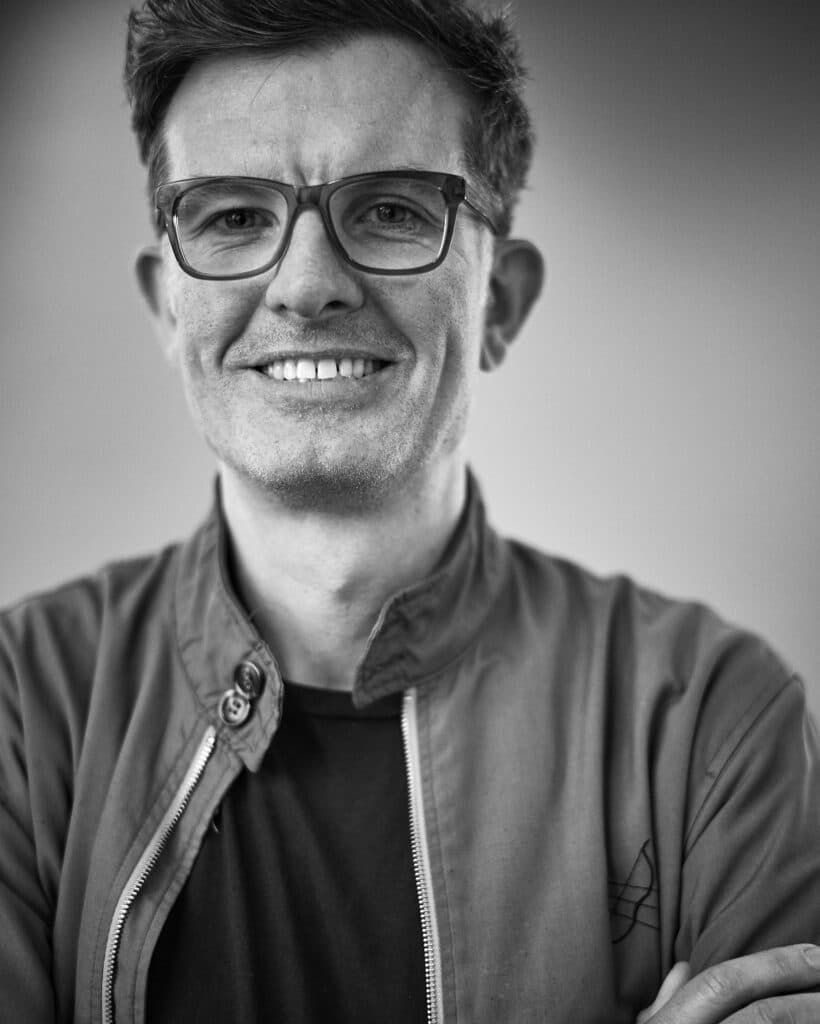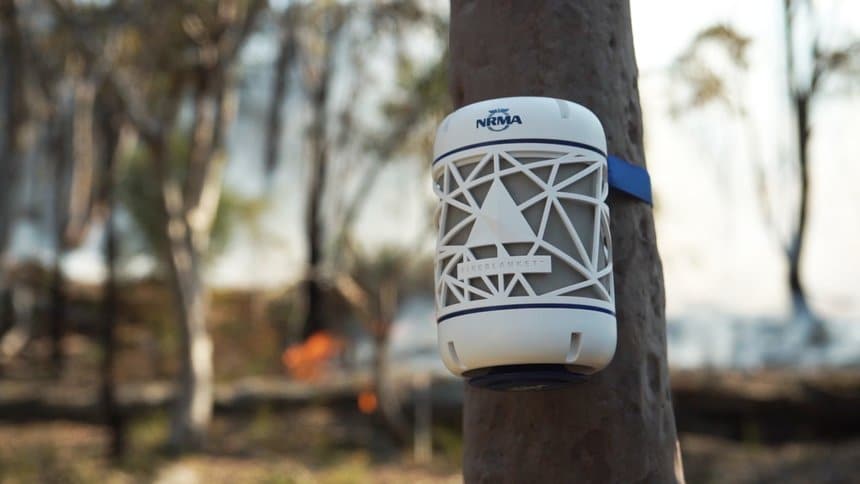This week on “Masters of Metrics”, our host Emma Lo Russo talks to Ben Cooper, the Group Innovation Director at M&C Saatchi, Australia’s leading communications agency. He’s also the founder of the award-winning Tricky Jigsaw and O Six Hundred Kayaks. They discuss innovation and the collision of art and science, and how you can use data to get to know your customers and clients better.
The power and truth in data
Meeting customers face to face helps you understand their needs. But with data, businesses can discover not only what people say they do, but what they actually do. Which, Ben points out, customers don’t always know! With technology, businesses can see how people are really using their products and services.
A lot of the time people simply use data to measure what they’re doing rather than inform what they’re doing. But now there are incredible tools that can help you understand many factors before you start developing products or marketing them.
- What do you know about the customer in different spaces?
- What behaviors can you identify and see? What triggers these behaviors?
- What data sources do you have available?
- first party data (from your own sources)
- second party data (someone else’s first party data)
- third party data (bought from outside sources like researchers)

How to find ideas to kickstart innovation
Ben Cooper shares one method for unearthing innovative ideas for product development and marketing. Data has a lot to do with it. This method starts with mapping a hypothetical customer journey, then coloring that journey in with the data you can procure from different sources.
Data that can flesh out a customer journey map includes where people are spending time with a brand, whether that’s digital touchpoints, service experiences, or buying experiences. You want to look at things like transactional data, where customers pay attention and what kind of intention they have, their nurture journeys post-purchase, and remarketing funnels.
If you can pull out when and where customer behaviors happen, and what types of things are sparking these actions, you can often find surprises that will lead to new thoughts and new possibilities. That is the cradle of innovation.
Three innovative products from start to finish

With digital knowledge and digital smarts, marketing can play a role in bringing products to life. Ben was happy to outline three of his most famous projects and how they evolved from ideation to execution.
1. NRMA fireblanket
With the NRMA fireblanket, a mesh network of sensors in the bush that can smell bushfires, Ben’s team started with a workshop that asked: What makes the world unsafe? One common response was “bushfires”, which led to investigation of mitigation and prevention techniques. Here’s the surprise that led to innovation: by and large, people standing on towers with binoculars identified fires.
The team took $25 Raspberry PIs and IoT sensors and got together with experts to develop a new kind of sensor network. Along the way, they worked out how to communicate this new “fireblanket” to its backers and to the public via brutal simplicity of thought. “We’ve got smoke detectors at home. Why isn’t there one in the bush?”
Ben’s tip: Getting the message right early helps you get stakeholder buy in. Ben ‘harping on’ about sensors – everyone glazed over. The minute he said they’re gonna smell bushfires, not see them – “Ah, fantastic. I get it.”
2. O Six Hundred Kayaks
This one came about thanks to a glaring gap in the Australian market. Mostly Australian kayakers use fibreglass. There’s basically only one skin-on-frame kayak in Australia – and it’s in a museum.
In 2010, Ben Cooper met Andrew Simpson and got interested in his flat pack boat business. When Ben showed Andrew a skin-on-frame kayak and suggested adding it to the company’s flat pack offerings, Andrew suggested they start a new company for it instead. Since then, they’ve developed a flat pack to sell directly to the consumer via digital.
Ben’s tip: Why sell directly? The margins are better and so is the customer price. Going through a distributor, it’s a lot more expensive. This way it feels like everyone wins.
3. Clever Buoy
With Project Re: Brief, Google encouraged businesses and brands to not answer briefs with 60 second commercials. M&C Saatchi paired that attitude with an Optus brand brief to demonstrate how Optus is different, rather than just say it.
According to Ben, naivete was where the innovation happened. In the midst of an argument about how everything in Australia was deadly, they said, “Surely we could use sonar to identify sharks”. At Sydney Aquarium and Esperance WA, it soon became clear that they could train the sonar almost like facial recognition. “And so this impossible idea started to become possible.”
Ben’s tip: Courage and determination brought this into the world.
Rapid fire questions!
- Guilty pleasure? Not really guilty: bike rides with the kids before school.
- Inspirations? Tesla, Deus Ex Machina, and Thank You.
- What age would you pick to be for the rest of your life? 30. “I feel like I’d sorted out most things. I was starting to understand myself and ambition more.”
Our picks for the best takeaways
On customer feedback: “Meeting customers face to face helps you understand their needs. They’re wise in many ways.”
On uniting data: “Bringing data together surprises us. And those surprises often lead to new thoughts and new possibilities.”
On where the power is: “There is power in creativity, and simplifying things that could be so complex. If you hide the complexity, things start to feel like magic.”
Referenced in this podcast
- Ben Cooper (Twitter / LinkedIn)
- M&C Saatchi
- Tricky Jigsaw
- O Six Hundred Kayaks
- Andrew Simpson (LinkedIn)
- Google’s Project Re: Brief
- NRMA Fireblanket
- Tesla
- Deus Ex Machina (Facebook / Instagram)
- Thank You
- Pyrotron


